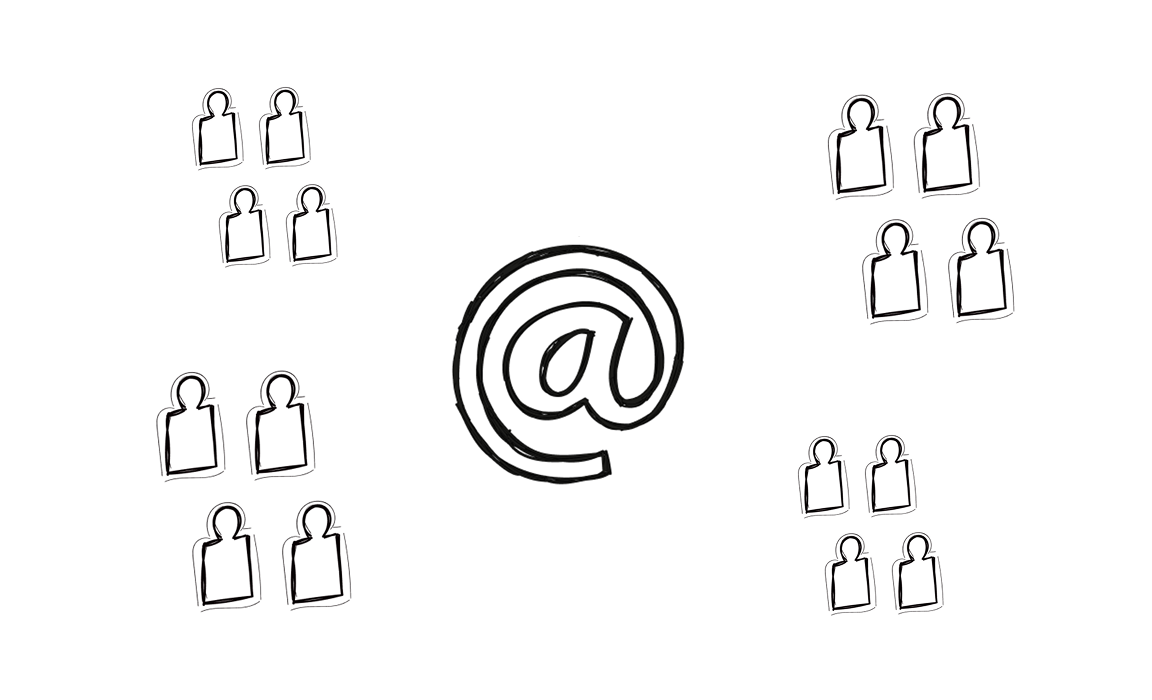If you’re wondering, “Does cold emailing work?”—the answer is yes. Cold email campaigns remain a staple in email marketing because they get real results. For lead generation, finding potential customers, networking, and even making direct sales, cold emails cut through the noise.
A few quick numbers: average open rates for cold emails hover around 24%, with click through rates and response rates that outpace many social media campaigns. In the right hands, this can mean new deals, partnerships, and conversations with decision makers you’d never reach otherwise.
The secret? It’s all in how you approach it. Most people who think cold email doesn’t work are simply sending the wrong message, to the wrong audience, or with the wrong tactics.
Why Cold Emails Work (When Done Right)
Cold email is direct. You’re not shouting into the void or waiting for algorithms to favor your post. When you send cold emails, you’re reaching busy professionals and potential users where they already live—their inbox.
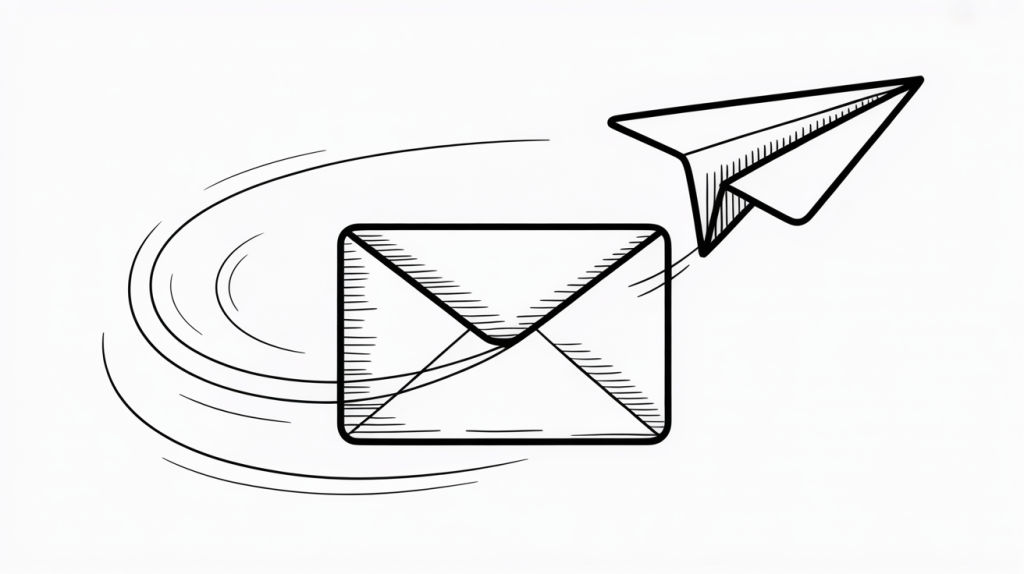
For small businesses and startups, it’s also incredibly cost effective compared to paid advertising. Instead of blowing a budget on broad, generic ads, you can zero in on specific projects or niche markets, and scale your outreach as you grow.
Another reason cold emailing works: it’s personal. Warm emails to existing customers are great, but there’s power in connecting with someone new, with a message tailored to their pain points or interests—not just a generic sales pitch. When you treat people as people, not as data points, your product or service stands a much better chance.
What Makes Cold Emailing Effective?
Personalization is everything. Mention the recipient’s pain points, show you understand their world, and keep your email body concise. The initial email should hook interest with the right message and a clear desired action.
Targeting matters too. Don’t send unsolicited emails to everyone—build an ideal customer profile, segment your outreach, and only contact those who’ll genuinely care about what you offer. That’s how you start meaningful connections, not just spam threads.
Don’t forget about timing and follow-ups. Most people won’t respond to your first email. That’s normal. A thoughtful sequence of follow up emails can dramatically increase your chances. And whatever you do, always close with a clear call to action—make it obvious what you want them to do next.
Biggest Pitfalls to Avoid
There are traps you want to dodge. Top of the list: spam folder problems. Warm up your email domain, avoid language that triggers spam filters, and focus on delivering value—not a hard sell.
Stay on the right side of the law. Understand the basics of GDPR and CAN-SPAM to avoid legal penalties. Include an easy opt-out for anyone who isn’t interested.
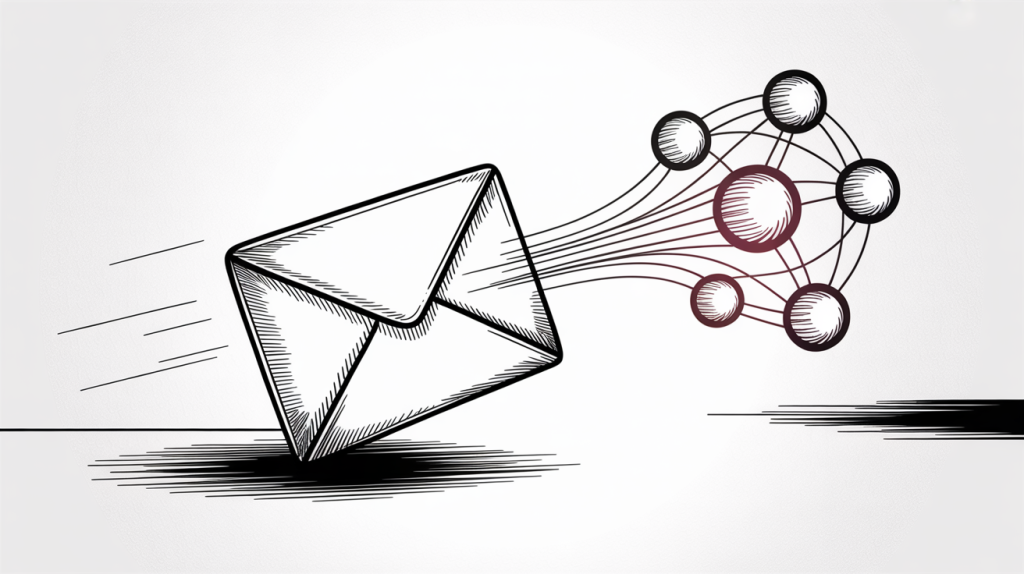
Don’t over-automate. Sure, there are tools to help you send cold emails at scale, but if your outreach feels robotic, it won’t work. People want real conversations, not template blasts.
Lastly, pay attention to your metrics. Track click through rates, response rates, and tweak your approach based on the data. Ignoring the numbers is a recipe for wasted effort.
Pro Tips to Maximize Results
- Test everything—subject lines, email bodies, calls to action. Keep what works, ditch what doesn’t.
- If you have mutual connections or social proof, mention them. Trust matters.
- Use email marketing tools for tracking and analytics, but don’t let them replace your personal touch.
- Always, always include a clear opt-out or reply option. Make it easy for people to say no—or to raise their hand if they’re interested.
Numbers Game – But Not Just Numbers
Cold emailing is partly a numbers game, but it’s not about blasting out thousands of messages and hoping for the best. Success comes from hitting send on the right message, to the right audience, at the right time.
A few quick industry numbers: SaaS startups using effective cold outreach see 10-20% higher response rates compared to generic campaigns. Companies who segment their email lists and personalize their approach consistently report a jump in both leads and conversion rates.
The bottom line? Cold email is still a powerful tool for business growth—if you approach it with care, strategy, and a focus on building meaningful connections.
Real-World Success Stories
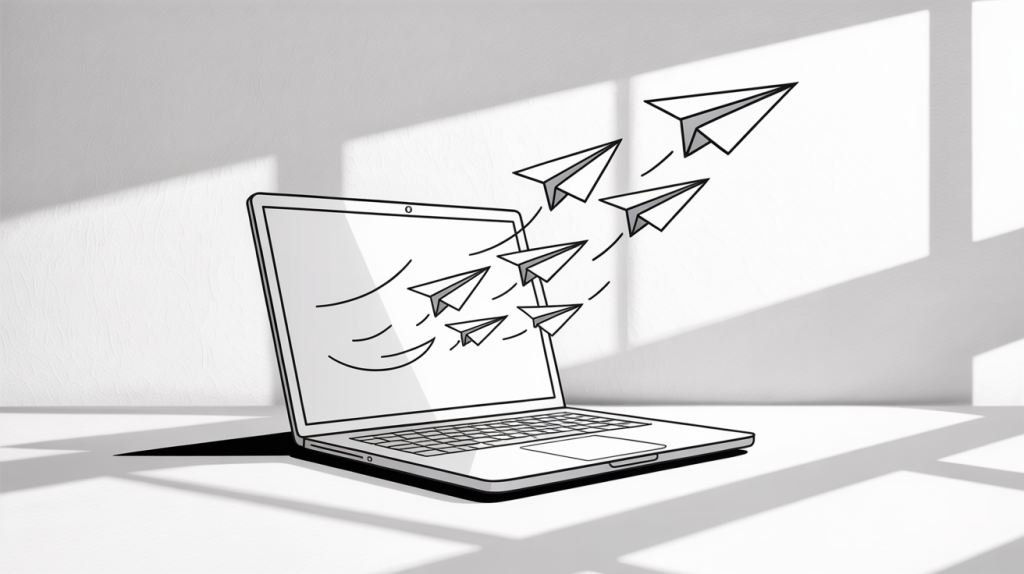
1. Veth Group: Scaling Appointments Through Strategic Cold Emailing
Veth Group, a B2B growth agency, faced the challenge of scaling their outreach efforts without resorting to generic sales pitches. By implementing highly personalized cold email sequences, they managed to set up 1,000 appointments per month.
Their strategy focused on understanding the pain points of their target audience and crafting messages that resonated. By avoiding the spam folder and ensuring high email deliverability, they maintained impressive response rates.
Read more here: How Veth Group Sets 1,000 Appointments a Month with Woodpecker
2. Moosecat Recording: Expanding Client Base with Personalized Outreach
Moosecat Recording, a music production studio, sought to attract more clients without relying solely on referrals. They turned to cold emailing, creating campaigns that highlighted their unique services and showcased social proof.
By sending personalized emails with compelling subject lines and clear calls to action, they saw a significant increase in inquiries and bookings. Their success demonstrates that even creative industries can benefit from well-executed cold email outreach.
Read more here: Cold Email Tool for Recruiting Agencies – Woodpecker
3. Ecom Capital: Validating High-Ticket Offers Through Cold Emailing
Ecom Capital, an e-commerce growth agency, needed to validate their high-ticket service priced at $7,000 per month. After unsuccessful attempts with cold calling, they shifted to cold emailing.
Within 21 days of launching their cold email campaign, they closed their first deal. At their peak, they were conducting two qualified sales calls per day, all stemming from their email outreach efforts.
Read more here: How Ecom Capital Sells Their Premium Service with Woodpecker
4. Startup Development House: Winning New Clients Through Targeted Emails
Startup Development House, a software development company, sought to attract startups and tech companies. They implemented cold email strategies that emphasized clear value propositions and personalized messaging.
Their approach led to consistent client acquisition, proving that targeted cold outreach can effectively generate leads and drive business growth.
Read more here: How Startup Development House Wins New Clients with Woodpecker
5. Nerdwise: Driving Sales for Clients Through Effective Cold Emailing
Nerdwise, a lead generation agency, specializes in helping clients across various industries increase their sales pipelines through cold emailing. By understanding the target audience and crafting relevant messages, they have consistently delivered positive responses and high conversion rates for their clients.
Their success underscores the importance of personalized emails, follow-up sequences, and a well-defined ideal customer profile in achieving effective cold outreach with effective strategy.
Read more here: How Nerdwise Helps Their Customers Drive Sales with Woodpecker
Best Practices for Effective Cold Email Campaigns
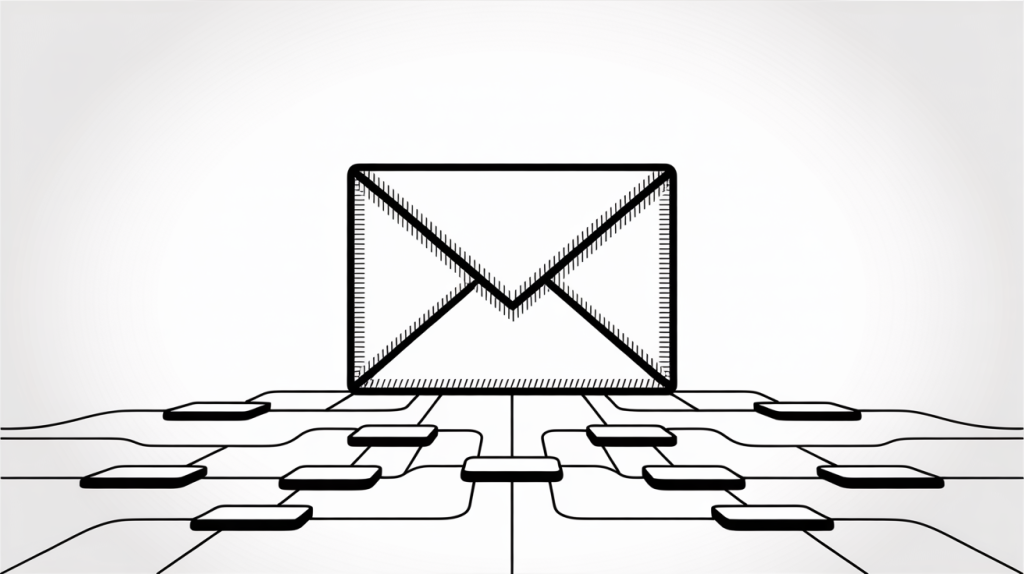
1. Craft compelling subject lines
Your subject line is your first impression. Aim for 36-50 characters—concise, direct, and relevant to your potential customer. A strong subject line grabs attention and encourages busy professionals to open your message.
Avoid clickbait or generic phrases; focus on value or curiosity instead. Testing different subject lines can reveal what truly resonates with your audience and increase your cold email campaign’s response rates by up to 24.6%. Never underestimate the power of those first few words.
2. Personalize your messages
A generic cold email feels like spam. Tailor your message to each recipient by referencing their business, pain points, or recent achievements.
Mention specifics about their company or product or service. This extra step shows you’re not just blasting out unsolicited emails but genuinely want to start a meaningful connection. Personalization can boost reply rates by up to 142%. It’s not about mass messaging—it’s about relevance. People respond to messages written just for them.
3. Implement follow-up sequences
Most people won’t reply to your initial email. That’s why a follow-up strategy is critical. Plan to send two or three polite follow-ups over the next 7-10 days. Keep each message fresh—add value, reference your previous email, or ask a simple question.
Don’t guilt-trip or rush; persistence, not pressure, wins. Studies show that effective follow-up sequences can lift reply rates by as much as 65%. Consistency, paired with tact, turns silence into real conversations.
4. Optimize email deliverability
Getting into the primary inbox is half the battle. Avoid words that trigger spam filters, use a reputable email domain, and warm up new accounts before large campaigns. Always check for broken links and limit images or attachments. A high deliverability rate means your carefully crafted message lands in front of potential users, not in a forgotten spam folder. Good email hygiene protects your sender reputation and keeps your outreach efforts on track.
5. Target the right audience
Don’t send cold emails to just anyone—define your ideal customer profile and segment your contact list. Research each decision maker or company, so your outreach is relevant and targeted. Quality trumps quantity: a smaller, well-curated list will yield better results than a giant list of random addresses.
The right message, sent to the right people, is what drives real lead generation and meaningful connections, not a scattershot approach.
6. Keep your email body concise
Attention spans are short, especially for busy professionals. Stick to one clear point per message. Make your value proposition obvious in the first two sentences, and close with a single, clear call to action. Avoid fluff and unnecessary background.
A focused email body shows respect for your recipient’s time and increases the chance they’ll read—and respond. Remember, you’re starting a conversation, not delivering a lecture.
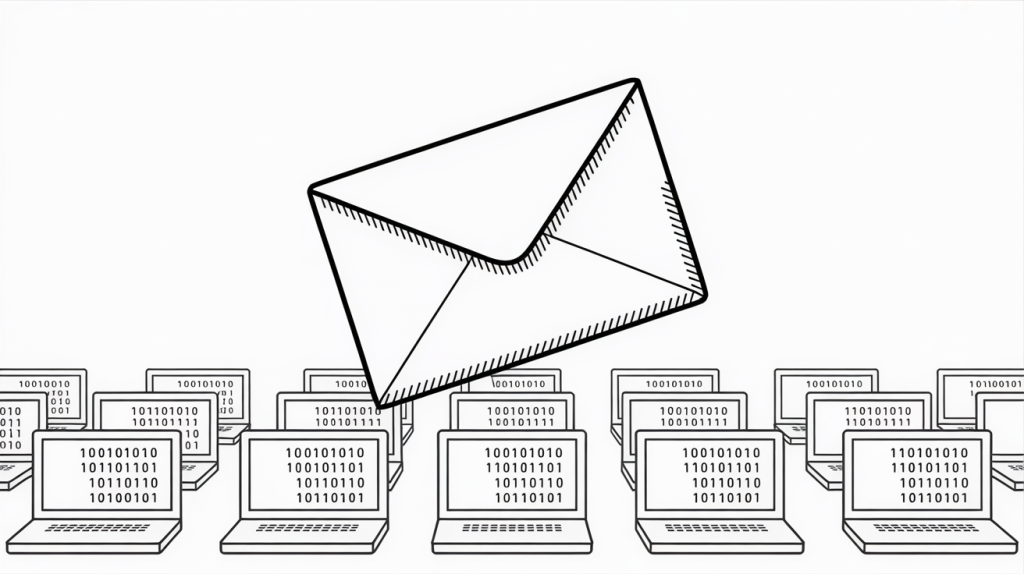
7. Always provide an easy opt-out
Unsolicited emails are part of the game, but you must make it simple for someone to say no. Add a polite line at the end—“If you’d prefer not to hear from me, just let me know.” This not only keeps you compliant with legal requirements but also shows respect for your contact’s preferences.
People who’ve received considerate emails are more likely to view your brand positively, even if they aren’t interested now.
8. Test and analyze every campaign
Don’t guess what works—measure it. Track open rates, click through rates, and response rates for every cold email campaign. A/B test different subject lines, calls to action, and email sequences. Use insights from analytics tools to refine your approach over time.
Small tweaks can yield big improvements. The best email marketers are always learning from the numbers game, making data-driven decisions with each new round of hitting send.
9. Use social proof and mutual connections
References to mutual connections, shared experiences, or well-known clients build trust fast. If you can, drop a line like, “I recently worked with [familiar name]” or mention recognizable clients or results.
This kind of social proof reassures the recipient that you’re a credible contact—not just another cold outreach attempt. Establishing common ground can be the nudge that prompts a busy decision maker to respond, opening the door to new opportunities.
10. Use smart tools like Woodpecker to automate and personalize at scale
Cold emailing is a numbers game, but it’s also about timing and relevance. Woodpecker makes it easy to schedule, personalize, and track your cold email campaigns—all from one dashboard. You can automate follow-up sequences, test subject lines, and segment contacts so every potential customer gets the right message at the right time.
Instead of juggling spreadsheets or worrying about deliverability, you focus on meaningful connection while Woodpecker handles the rest. It’s like having an extra team member who never sleeps.
Conclusion: Cold Emailing Delivers Tangible Results
These case studies and best practices illustrate that cold emailing, when executed with precision and personalization, can yield significant business outcomes. By focusing on the needs of potential clients, crafting compelling messages, and maintaining consistent follow-ups, businesses can effectively generate leads and drive growth.
So, does cold emailing work? Absolutely.
FAQ
What is the success rate of cold emailing?
Success rates for cold email campaigns vary, but you can expect average open rates around 24% and reply rates between 5% and 10%. Well-targeted, highly personalized emails can do even better. Most people see better results with clear, relevant messaging and consistent follow-up. It’s a numbers game, but quality beats volume.
Are cold emails still effective?
Yes, cold emails are still effective—especially if you focus on relevance and personalization. Today’s decision makers are bombarded with generic pitches, so a well-crafted, thoughtful cold email stands out. When done right, cold email remains a cost effective way to reach potential customers, partners, or even employers.
What is the 30 30 50 rule for cold emails?
The 30 30 50 rule is a rough guideline: 30% of your effort goes to building the right list, 30% goes to writing a compelling message, and 50% is about following up. Success in cold emailing is less about sending huge volumes and more about research, relevance, and persistence.
Is cold emailing a skill?
Absolutely. Cold emailing is a mix of copywriting, research, and people skills. Crafting a message that gets opened, read, and answered takes practice. The more you learn about your audience, test your approach, and refine your outreach, the better your results will be.
Is cold emailing illegal?
Cold emailing is legal in most countries if you follow the rules—think GDPR in Europe or CAN-SPAM in the US. Always include a way to opt out and avoid misleading subject lines or sender info. Stay compliant and respect privacy, and you’re in the clear. Don’t worry, just start experimenting today!
How long is too long for a cold email?
If your cold email looks like a novel, it’s too long. Aim for 100–150 words, tops. Decision makers and busy professionals want short, direct emails that get to the point quickly. The best cold emails are clear, skimmable, and easy to respond to.
Do cold emails work for jobs?
Yes, cold emailing can help you land a job—especially in competitive fields. Reach out with a short, tailored message showing your value and interest. Include a clear call to action, like setting up a quick call or sharing your portfolio. Many people who’ve gotten jobs this way started with a single, well-crafted email.
How many cold emails is too many?
If you’re sending to the same person, more than 2-3 follow-ups usually becomes annoying. For outreach lists, don’t mass-email thousands without segmenting and personalizing first. Respect people’s inboxes and your own reputation. Focus on quality conversations, not just quantity.
Do cold emails work in 2025?
Yes, cold emails still work in 2025—if you avoid spammy tactics. The basics haven’t changed: relevance, personalization, and respect for the recipient matter most. With smarter tools and better data, it’s easier than ever to send cold emails that actually get a response.

